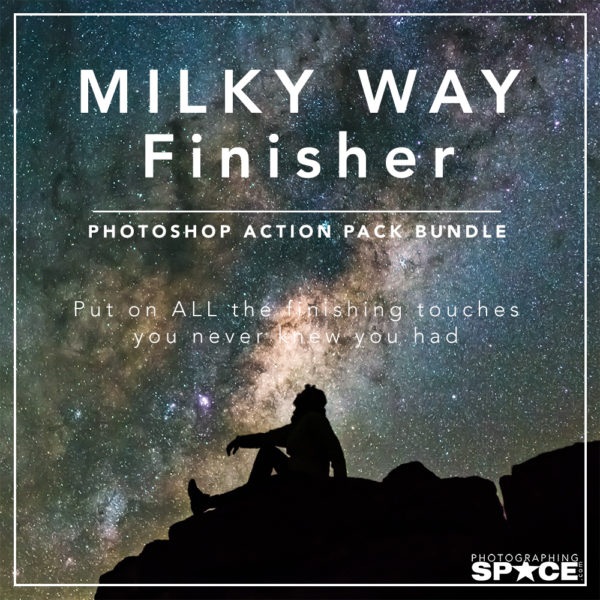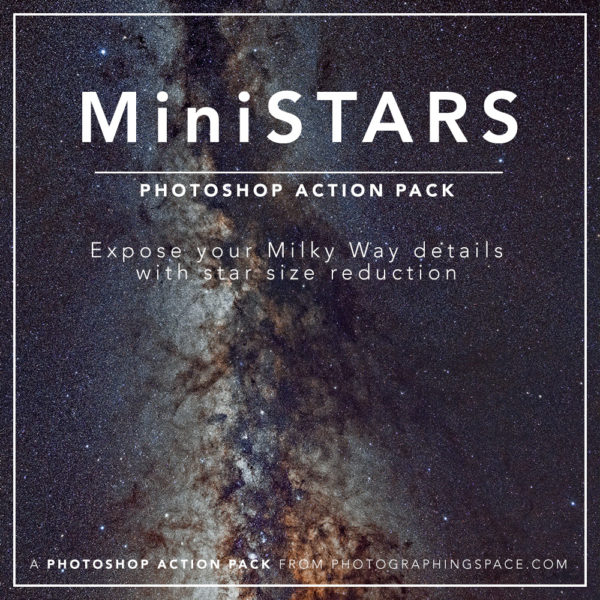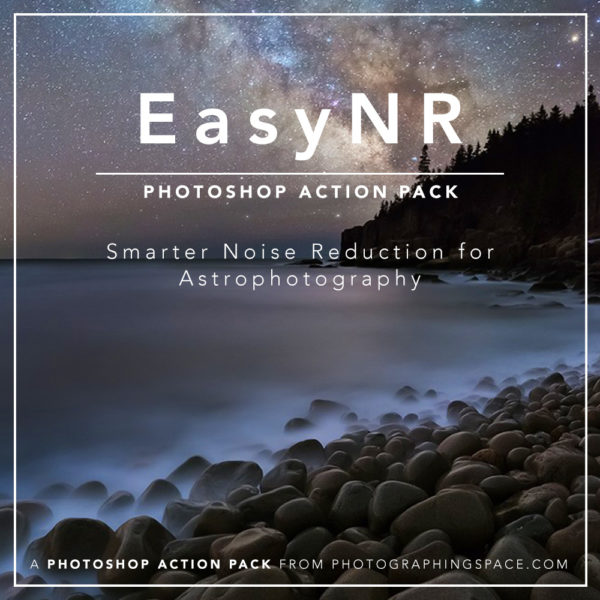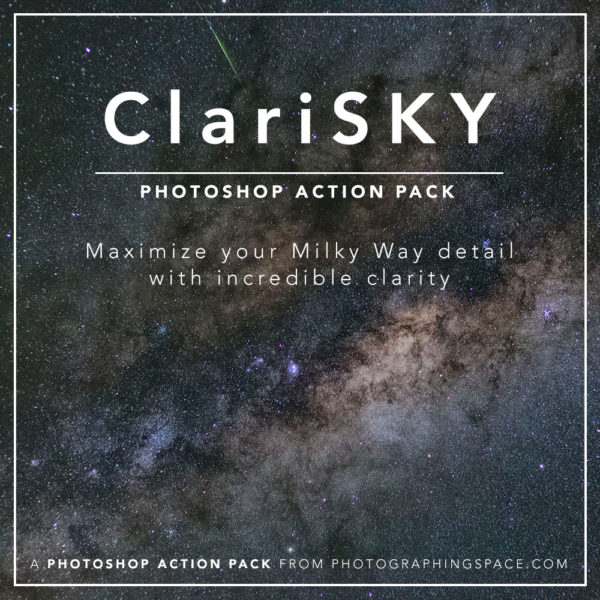Detailed images of Jupiter, Saturn, the moon, and the sun are another exciting and related branch of astronomical imaging. While photographing planets in our solar system is also grouped into astrophotography, successful images are created in a different way than galaxies, nebulae, and other deep-sky objects.
 Modern DSLR cameras can be used for this type of imaging, but the number of frames required is vastly more – in the thousands. Due to the high level of brightness of most planets in the sky, video modes are most suited to planetary imaging.
Modern DSLR cameras can be used for this type of imaging, but the number of frames required is vastly more – in the thousands. Due to the high level of brightness of most planets in the sky, video modes are most suited to planetary imaging.
The process is somewhat complex, but at the basic level, a long focal length telescope, with accessories to boost magnification (Barlow lenses, teleconverters), is used in conjunction with the high-frame rate video mode of your DSLR, at a much lower resolution than images of deep sky objects. Even (inexpensive) high-definition webcams can be used for this.
Some details about the most successful amateur planetary imaging are often referred to as “Lucky Imaging”:
- Capture thousands of frames over short periods of time. Many higher quality CCD imaging cameras can capture at 90-120 frames per second, or more, at high definition. Some Canon DSLR models have a “movie crop mode”, which uses a smaller area of the sensor, and can capture 60 frames per second while decreasing the field of view.
- Use planetary image-processing software. Specialised processing software will automatically remove the out-of-focus video frames caused by turbulence in the atmosphere. The software will then align and stack the in-focus video frames to remove noise and increase the overall signal-to-noise ratio, similar to how you do it for deep sky imaging.
- Post-process the stacked image. Use an image-processing program like Photoshop or a more specialised planetary imaging application to sharpen, colour-correct, and enhance the final image.
 It sounds simple, but in reality this process can be as daunting a task as deep sky imaging. However, the end result, after much practice, can be very rewarding, so don’t be discouraged. Astronomical seeing conditions have a much more pronounced effect on planetary image acquisition, and due to the long focal lengths required it also magnifies the turbulent atmosphere, so the driest and most stable skies are crucial to maintaining good focus.
It sounds simple, but in reality this process can be as daunting a task as deep sky imaging. However, the end result, after much practice, can be very rewarding, so don’t be discouraged. Astronomical seeing conditions have a much more pronounced effect on planetary image acquisition, and due to the long focal lengths required it also magnifies the turbulent atmosphere, so the driest and most stable skies are crucial to maintaining good focus.
If you think you’re ready to dive into the world of Deep Space imaging, read on to get familiarised with the process. This 5 part guide will walk you through the essentials of imaging deep space/sky objects (DSO).
Read part 5: DSO image processing







Add Comment